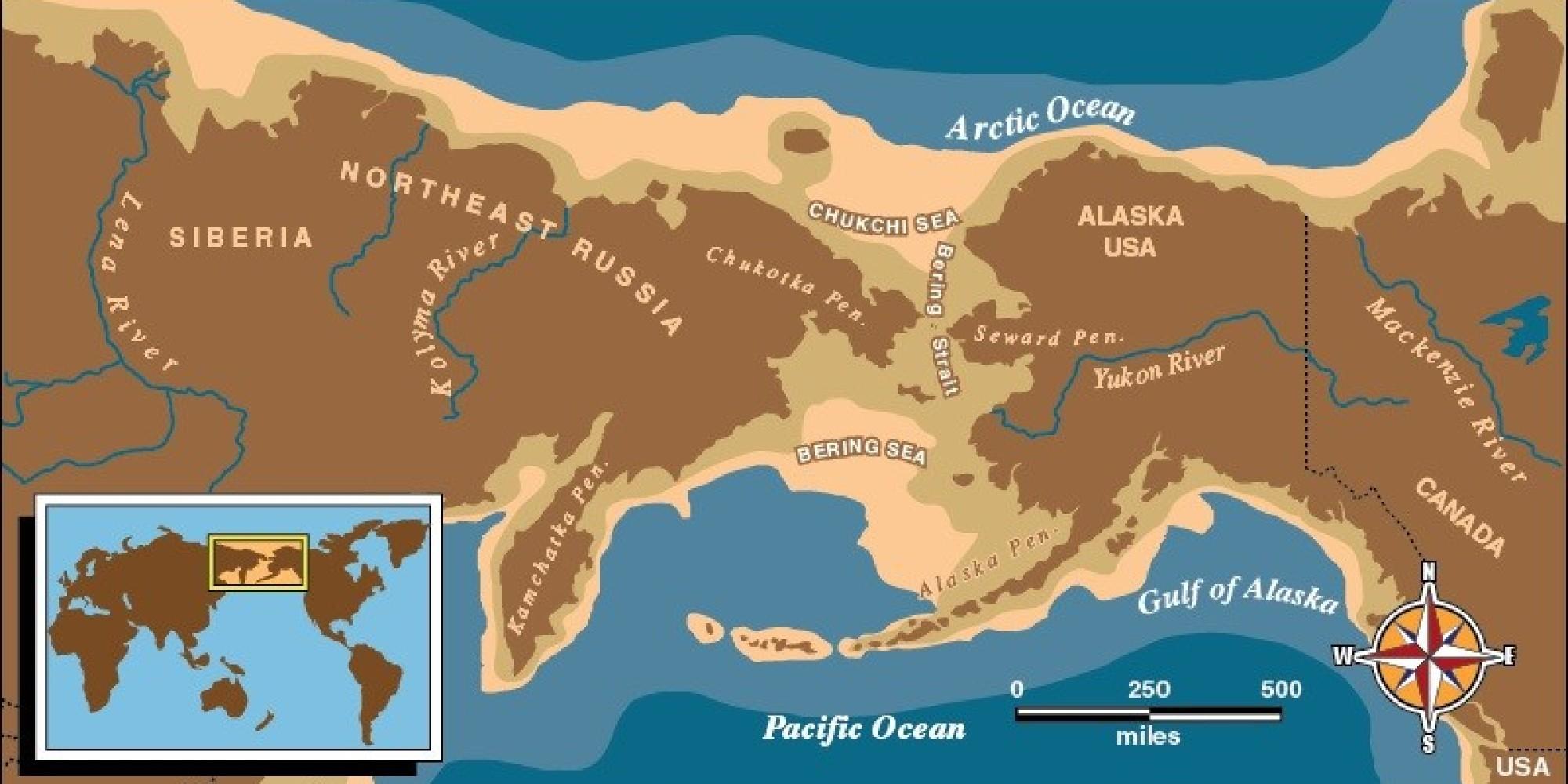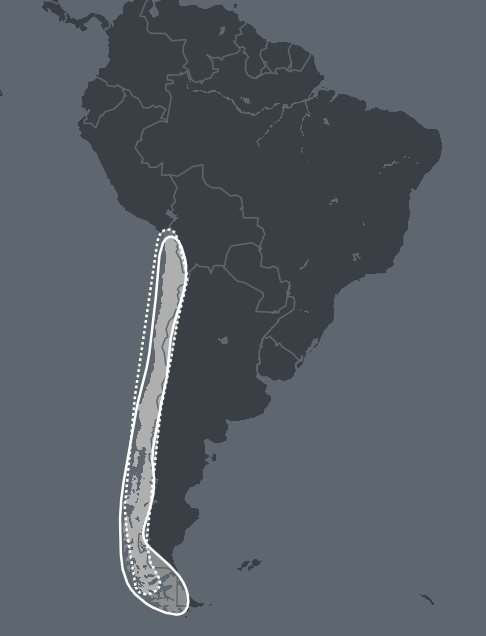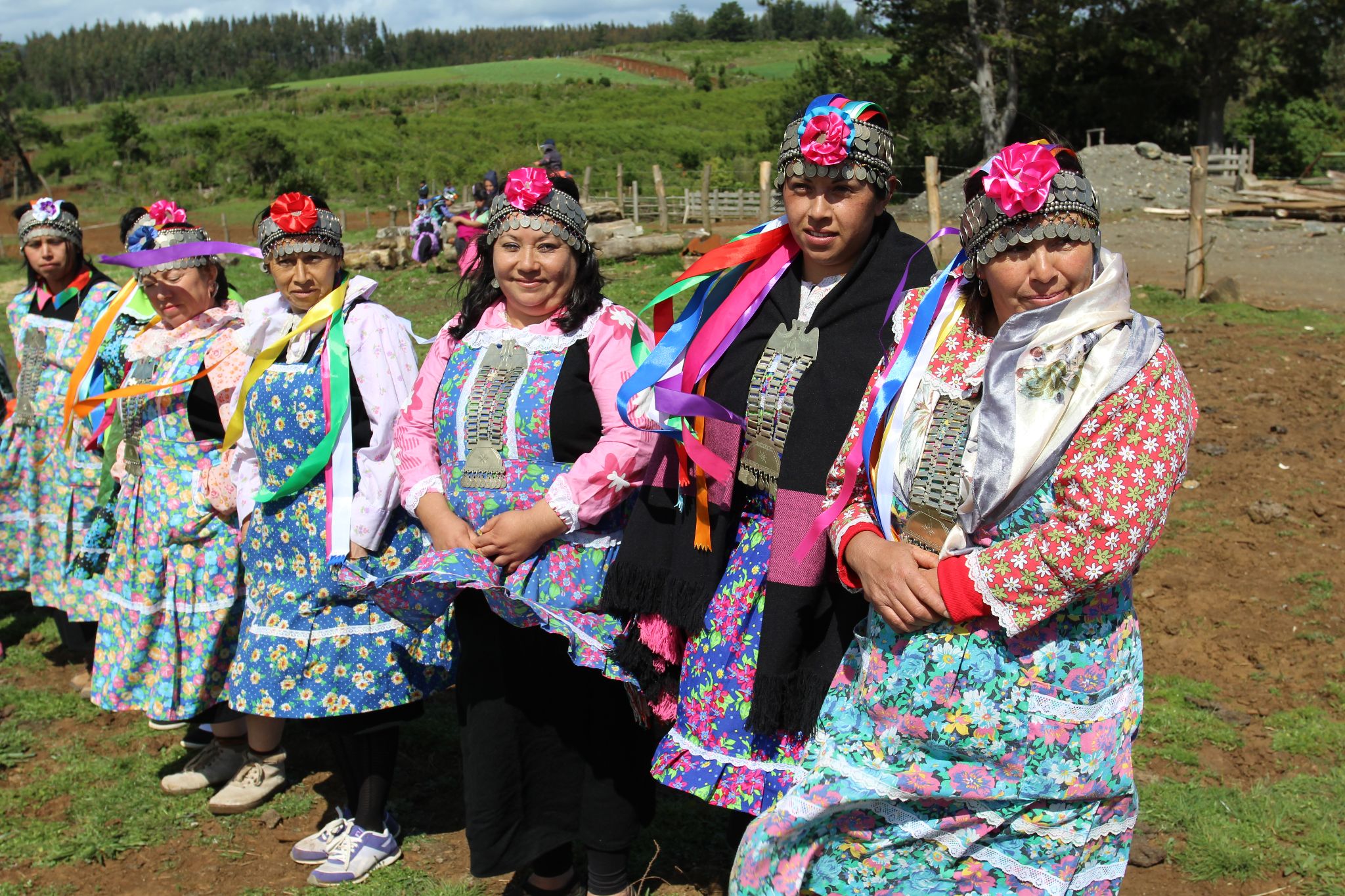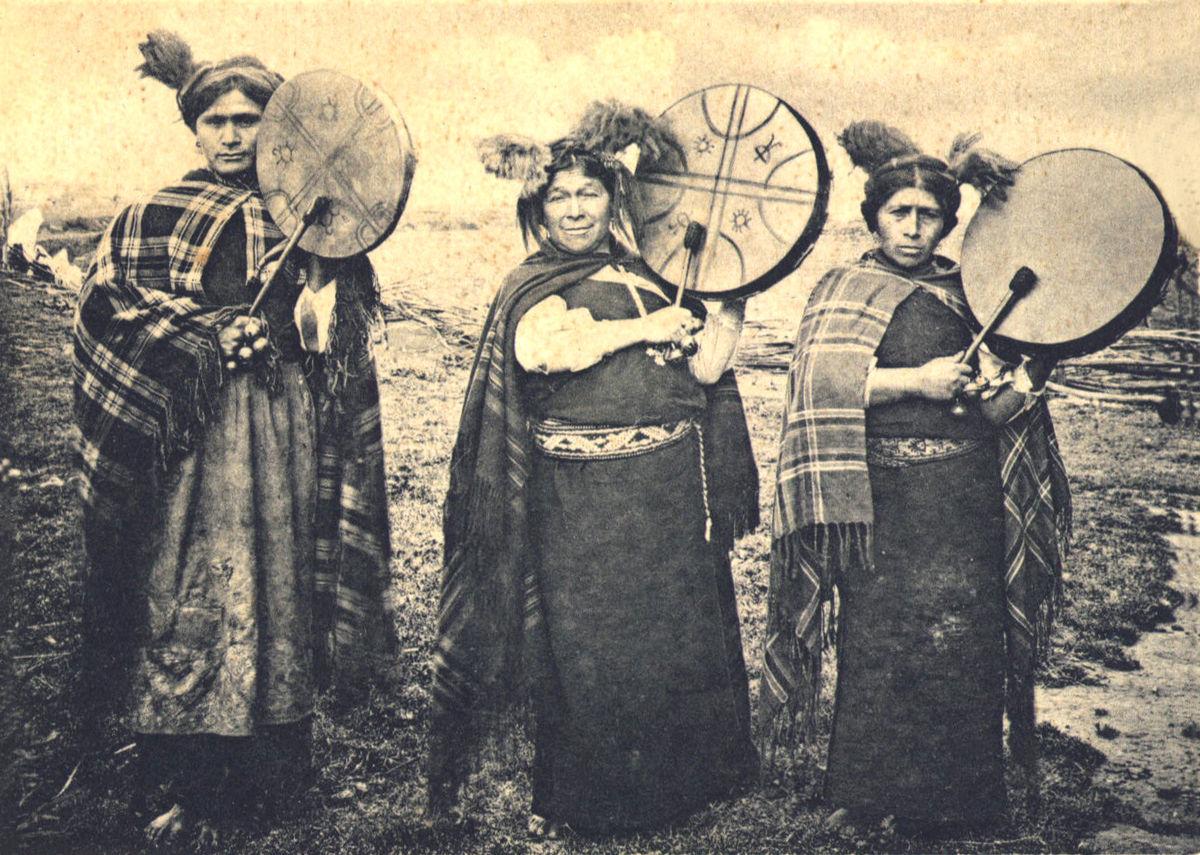What is Indigenous Americas-Chile DNA Ethnicity on Ancestry?
In this article we will be looking more closely at the Indigenous Americas Chile DNA region. We will look at where it is and who the indigenous people of that region were. So find out more about your DNA ancestors of this region read on.
History of Humans in the Americas
The Land Bridge:
Although there is no exact date for when humans first arrived in the Americas there are several prevailing theories. The most common one of course being the land bridge theory. During the last ice age between 19,000 – 8700 BC, sea levels were 100 feet below the modern-day. This was due to vast quantities of water being frozen in glacier form.

During that last ice age, the Bering sea as we know it today was actually a land bridge reaching all the way to Siberia. It is thought that around 14,000 years ago stone age hunters and gatherers followed game across this land bridge and became the first humans to settle within the Americas.
It is also believed that gradually these settlers then headed deeper into the Americas, traveling south in small groups. Due to the ongoing effects of the ice age these groups remained small because conditions were not conducive with large settlements or nomadic tribes.
Today's Indigenous peoples likely descend from a now-vanished ancient group known as the Paleo-Siberians. In DNA testing Indigenous Americas DNA has little in common with modern-day Siberians but in 2019 a 10,000 year old skeleton found in Siberia did show notable similarities to modern-day Native peoples in the Americas.
Traveling by Sea:
There exist several theories whereby early indigenous people of the Americas may have interacted and bred with oceanic explorers prior to the arrival of Columbus. In DNA tests taken of inhabitants of Rapa Nui (Easter Island), these people showed small sections of Native American DNA.
Easter Island is over 2000 miles away from the closest contact with the Americas which would be the coast of Chile. The DNA suggests that these Easter Islanders had a Native American Ancestor from around 1280 – 1495 A.D. It is therefore likely these seafaring Polynesians made the trip to the Americas and some may have stayed.
Recent archaeological evidence also indicates that Vikings were present in the United States around the 11th century A.D. It is reasonable to assume there would be a possibility that some may have settled and assimilated into local tribes.
Indigenous Americas Chile DNA Region
The indigenous Americas Chile region on AncestryDNA unsurprisingly is located in South America covering the vast majority of the country of Chile itself. With only two land borders you can also find this DNA from Chile in parts of southwestern Bolivia to the northeast of Chile and populations along western Argentina.

Indigenous Chile History
Evidence in the form of stone tools places human presence in Chile around the Monte Verde valley as far back as 18,500 years ago. Roughly 10,000 years ago there is evidence of migrating indigenous peoples settling in the fertile lands and coastal regions of what we know today as Chile.
The major indigenous peoples of Chile, the Mapuche, are extremely widespread. They are found in south central Chile, southwestern Argentina and parts of Patagonia. Mapuche are a collection of indigenous groups who have common culture and language.

With a much broader former range the Mapuche as with all indigenous peoples have been compacted into smaller ranges. At one time these indigenous peoples resisted the encroachment of the Inca empire in northern Chile. The Inca did settle in the region but the Mapuche would not allow themselves to be subjugated.
The Mapuche are genetically distinct from the peoples of Patagonia and evidence suggests that as a culture they were established in Chile and parts of Argentina as early as 600 – 500 BC.
The Spanish Arrival
When the Spanish arrived in the region most of Mapuche in Chile were concentrated in the area between the Itata River to Chiloe Island. This was their cultural heartland. It is estimated their population may have been between 705,000 to 900,000 in the mid 16th century.
Spain’s arrival in Chile was an offshoot of the conquest of Peru and they arrived in 1541. These peoples who had held strong against the Inca were quickly conquered by the Spanish. The Spanish advanced rapidly further south in Chile facing regular resistance from the Mapuche.
This conflict was known as the Arauco War and it continued in some form sporadically until the late 17th century with small uprisings still occurring in the 18th century. The Mapuche would not go quietly and resisted the Spanish conquest for as long as they could.
How Did You Inherit Indigenous Americas Chile Region DNA?
It is important to note that due to the small number of original humans that likely crossed the land bridge and thousands of years of isolation, Indigenous DNA is very distinct. Over thousands of years it has changed enough however to pinpoint populations with common DNA such as the Indigenous Americas Chile region.
As mentioned many individuals from South and Central America may have some Indigenous DNA based on intermarriage between early Spanish settlers and the local native groups in this case the Mapuche.

Depending on how high your percentage of Indigenous Americas Chile DNA is, its origins can vary. If you have a high percentage you may have a recent ancestor who was almost 100% Indigenous. Often if this is the case you would likely have some idea of who this was.
In the case of lower percentages of Native DNA, it might be an indication of a more distant unknown indigenous ancestor. In order to discover this connection, you may have to do some deep research to try and pinpoint at what point that DNA entered your family tree.
Final Thoughts
The Mapuche peoples have been native to Chile for well over 2,000 years and likely much longer. Thriving in the fertile valleys and coastal regions they were a tough and resilient peoples who resisted the Inca and fought hard against the Spanish to maintain what they could of their culture.
Those with Indigenous Americas Chile region DNA likely descend from these peoples and have cause to feel proud of that heritage. These peoples exist to this day and for those looking to connect with their roots Chile may be a good destination to visit.
Link To or Reference This Page
We spent a lot of time downloading, cleaning, merging, and formatting the data that is shown on the site.
If you found the data or information on this page useful in your research, please use the tool below to properly cite or reference Name Census as the source. We appreciate your support!
-
<a href="https://namecensus.com/blog/what-is-indigenous-americas-chile-dna-ethnicity-on-ancestry/">What is Indigenous Americas-Chile DNA Ethnicity on Ancestry?</a>
-
"What is Indigenous Americas-Chile DNA Ethnicity on Ancestry?". NameCensus.com. Accessed on May 10, 2024. https://namecensus.com/blog/what-is-indigenous-americas-chile-dna-ethnicity-on-ancestry/.
-
"What is Indigenous Americas-Chile DNA Ethnicity on Ancestry?". NameCensus.com, https://namecensus.com/blog/what-is-indigenous-americas-chile-dna-ethnicity-on-ancestry/. Accessed 10 May, 2024
-
What is Indigenous Americas-Chile DNA Ethnicity on Ancestry?. NameCensus.com. Retrieved from https://namecensus.com/blog/what-is-indigenous-americas-chile-dna-ethnicity-on-ancestry/.
